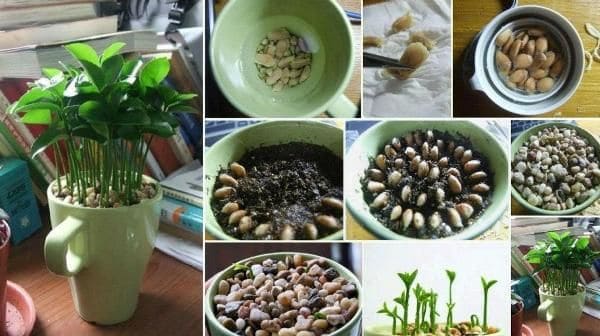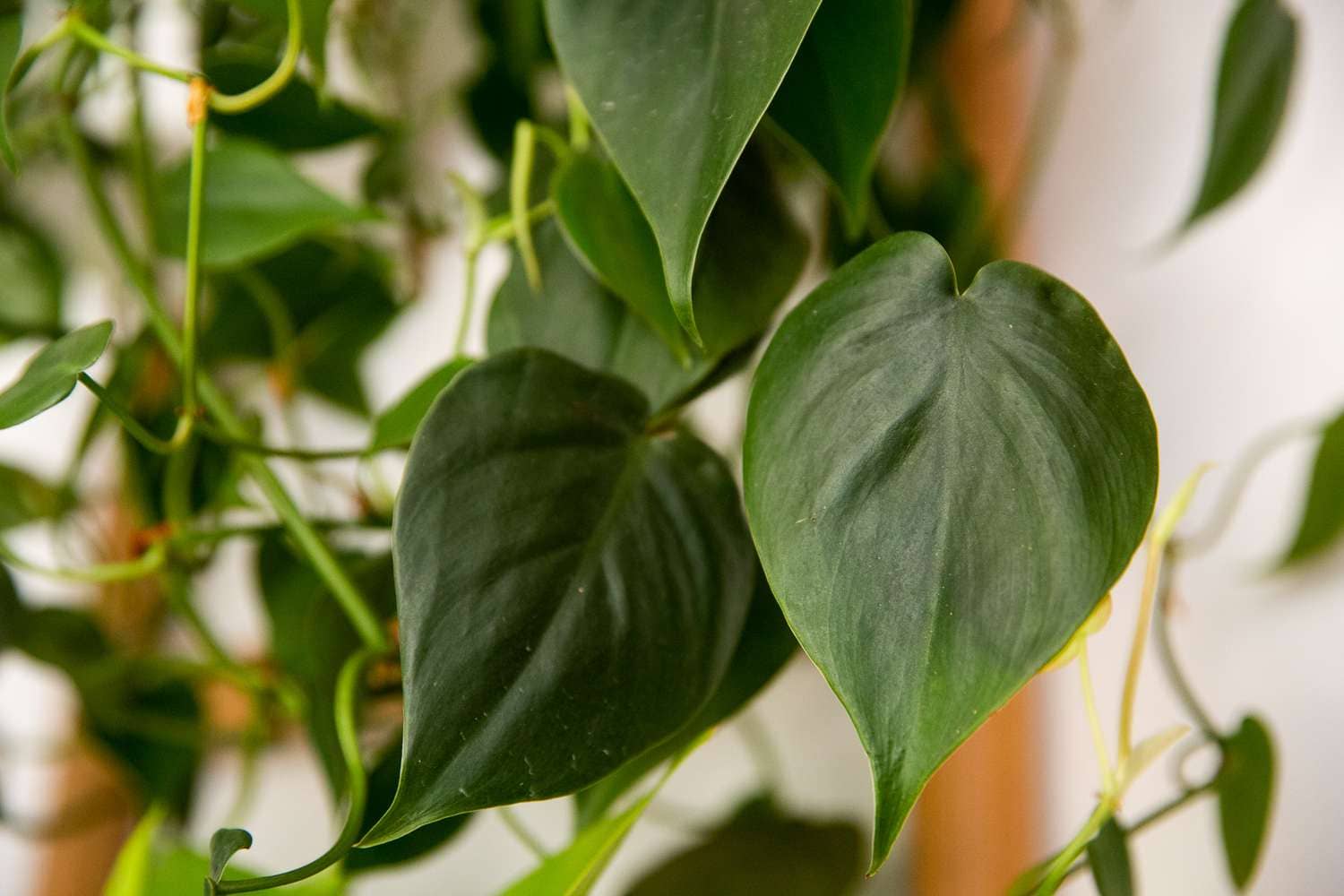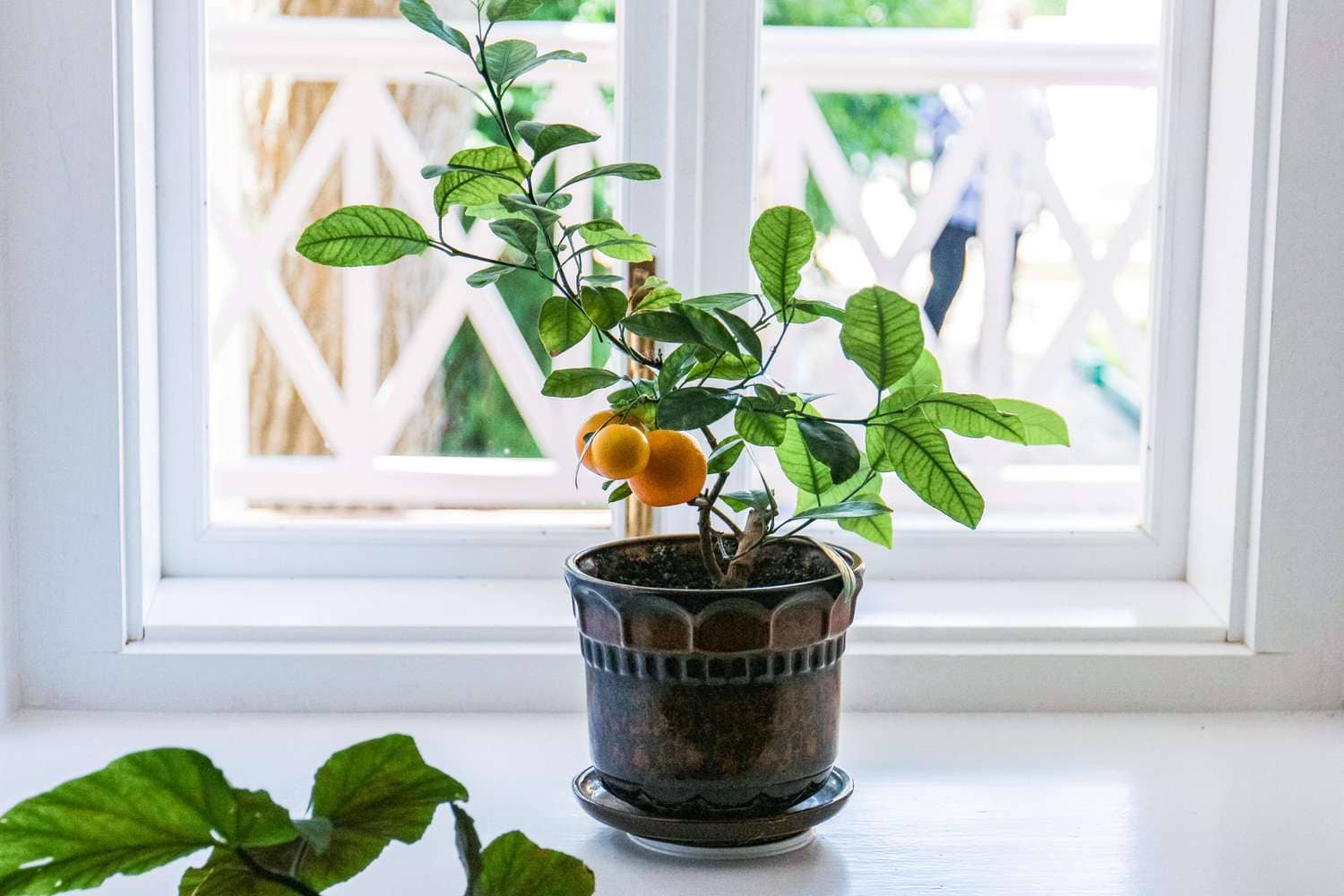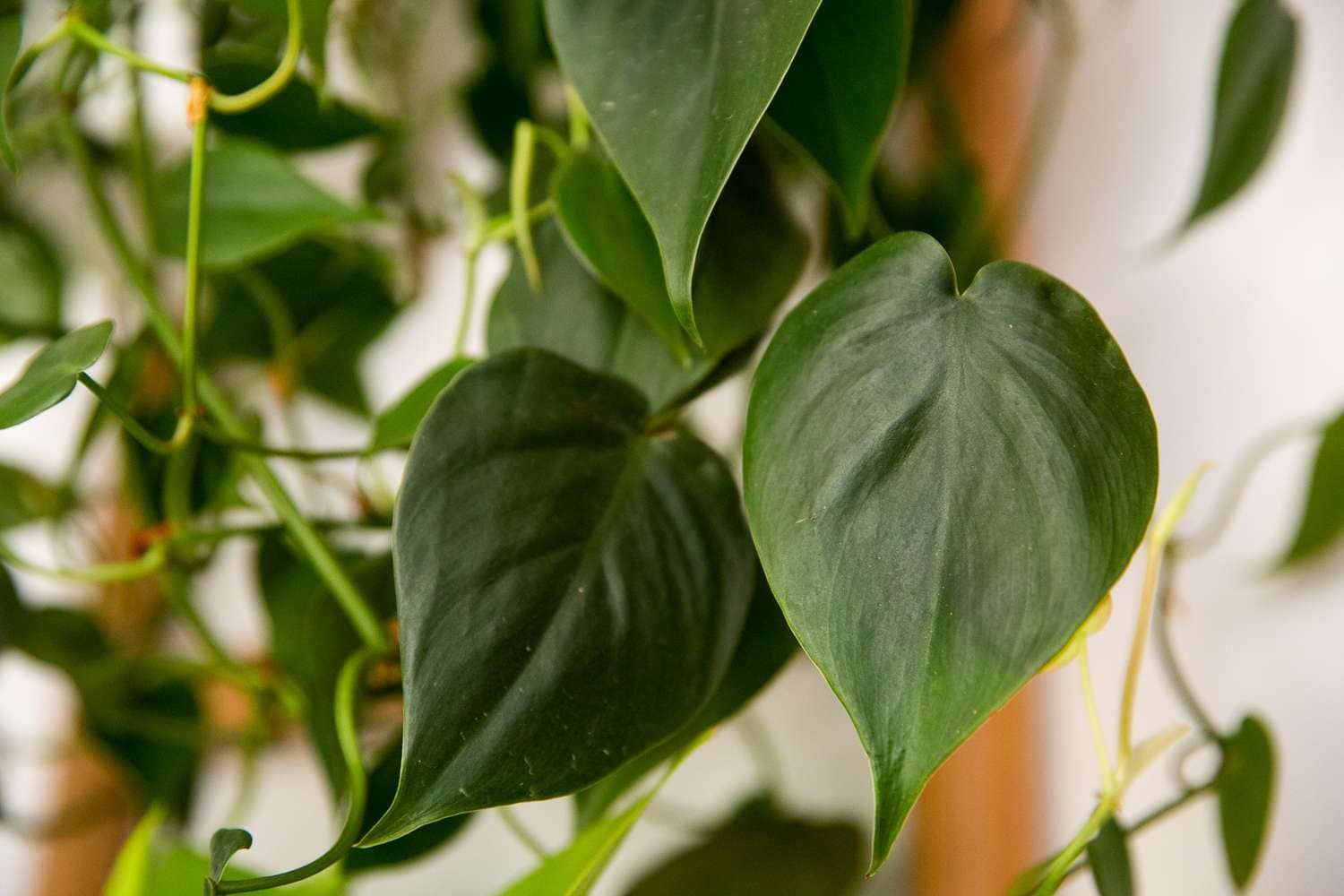Introduction:
Money trees, scientifically known as Pachira aquatica, are renowned for their resilience and symbolism of prosperity and good fortune. However, despite their hardy nature, improper care, especially regarding watering, can lead to their demise. Finding the right balance in watering is crucial to ensure your money tree thrives. In this comprehensive guide, we will explore the factors influencing watering frequency, signs of overwatering and underwatering, and essential tips to keep your money tree healthy and flourishing.
Understanding the Factors Influencing Watering Frequency:
Several factors influence how often you should water your money tree:
- Environmental Conditions: The climate and indoor conditions play a significant role. Money trees prefer moderate to high humidity and temperatures between 65°F to 75°F (18°C to 24°C).
- Seasonal Variations: During warmer months, your money tree may require more frequent watering due to increased evaporation, whereas in colder months, watering frequency may decrease.
- Pot Size and Type: The size and material of the pot affect moisture retention. Larger pots generally retain more moisture, while porous pots like clay allow for better airflow and water drainage.
- Soil Type: Well-draining soil is essential for money trees to prevent root rot. A mix of potting soil, perlite, and orchid bark provides adequate drainage.
- Plant Size and Growth Stage: Younger and smaller money trees typically require less water compared to mature ones with a more extensive root system.
Signs of Overwatering and Underwatering:
Overwatering and underwatering can both be detrimental to your money tree’s health. Understanding the signs of each is crucial for proper care:
- Overwatering: Signs of overwatering include yellowing or browning of leaves, mushy or blackened roots, and mold or mildew on the soil surface. The soil may also emit a foul odor due to anaerobic conditions.
- Underwatering: Symptoms of underwatering include wilting or drooping leaves, dry and crispy leaf edges, and soil that feels extremely dry to the touch. In severe cases, leaves may turn yellow and fall off.
Essential Tips for Watering Your Money Tree:
Follow these tips to ensure optimal watering practices for your money tree:
- Check Soil Moisture: Before watering, always check the moisture level of the soil. Stick your finger into the soil up to the first knuckle. If it feels dry, it’s time to water.
- Water Thoroughly: When watering, ensure thorough saturation until water drains from the bottom of the pot. This helps flush out excess salts and prevents salt buildup in the soil.
- Avoid Standing Water: Never allow your money tree to sit in standing water, as this can lead to root rot. Always empty the saucer beneath the pot after watering.
- Establish a Watering Schedule: While there’s no one-size-fits-all watering schedule, aim to water your money tree once every 1-2 weeks, adjusting as needed based on environmental conditions and plant response.
- Monitor Humidity Levels: Money trees thrive in humid environments. Increase humidity by misting the leaves regularly or placing the pot on a pebble tray filled with water.
- Use Room Temperature Water: Avoid using cold water straight from the tap, as it can shock the roots. Allow the water to reach room temperature before watering your money tree.
Conclusion:
Mastering the art of watering is essential for the health and vitality of your money tree. By understanding the factors influencing watering frequency, recognizing signs of overwatering and underwatering, and implementing essential watering tips, you can ensure your money tree thrives and continues to bring prosperity and good fortune to your home or office space. Remember, proper watering is just one aspect of caring for your money tree, so continue to monitor its overall health and make adjustments as needed to provide optimal growing conditions.





